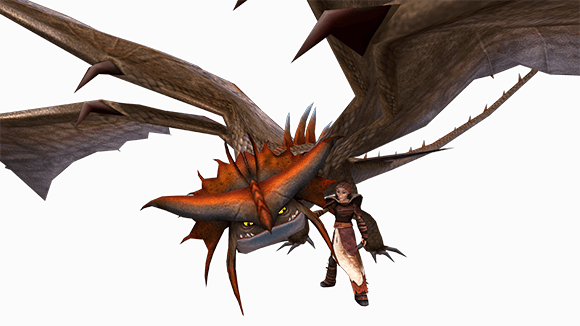

10.8 Hideous Zippleback and Deadly Nadder.10.6 Hideous Zippleback, Monstrous Nightmare, Gronckle, Deadly Nadder, and Night Fury.10.2 Monstrous Nightmare and Fireworm Queen.10.1 Deadly Nadder and Monstrous Nightmare.2.22 Light Fury, Night Fury, and Night Light.2.4 Catastrophic Quaken, Crimson Goregutter, Gronckle, and Hotburple.In the "Secret of the Leviathan" expansion of School of Dragons, Phlegma mentions that dragon flames hit the target as one mass, except for the Flame Whippers, which lash their fire with their tongue.
#Cloudjumper fire type how to#
The effect of this varies, from a slight daze to burning out from the insides.Īs shown in How to Train Your Dragon 2 when the dragons of Berk and Valka's Mountain were released from the Bewilderbeast's hypnosis, and counterattacked the massive enemy together, all the fire-breathers are capable of producing normal streams of flame and explosive, ball-shaped blasts.

Yet, this can be a weakness, as dragons aren't fireproof on the inside an alert dragon can ignite another's fuel the moment before the dragon itself does, causing the fuel to burn inside the dragon. Every dragon's fire is fuel-based, and differs from species to species.Ĭombinations of unique sources of ignition and particular fuels can enhance the firepower. This ability differentiates them from other organisms, and enables them to confront humans armed with weapons and group strategies. These differences make the dragons attacks much more varied in combat style. NetApp's acquisition of virtual desktop infrastructure management company CloudJumper gives NetApp and its channel partners new ways to build on NetApp storage to further their reach into the cloud.In the film series, many of the dragons are shown to have unique types of breath weapons and fire types. "It's interesting to see a storage company like NetApp broaden its portfolio beyond storage," Chris Pyle, president of Champion Solutions Group, a Boca Raton, Fla.-based solution provider and NetApp channel partner, told CRN. "NetApp has had the storage infrastructure for VDI (virtual desktop infrastructure), but not the tools to manage it. NetApp Wednesday said it acquired CloudJumper as a way to build a single management platform that combines VDI, and the underpinning storage and data services infrastructure that delivers high-performance, easily-managed virtual desktops across Microsoft Azure, Amazon Web Services, and Google Cloud. NetApp has been involved in the VDI business for years, with a lot of customers running their virtual desktops on NetApp storage, both on-premises and in the cloud, said Vikram Bhatia, vice president for go-to-market strategy and partnerships for NetApp cloud services. VDI has been a big focus for NetApp because businesses are increasingly using the technology to move to Azure, Google, and AWS, Bhatia told CRN. Prior to the acquisition, CloudJumper was already being integrated on NetApp on-premises and cloud storage infrastructures, including NetApp's Cloud Volumes and its Azure NetApp Service, and the two companies have a large overlap in channel partners, Bhatia said.įurther integration now that NetApp has acquired CloudJumper will make it easier for partners to build managed services around VDI, Bhatia said. "We will manage all the infrastructure in the cloud," he said. "Customers will be able to just fire up virtual desktops as needed.


 0 kommentar(er)
0 kommentar(er)
